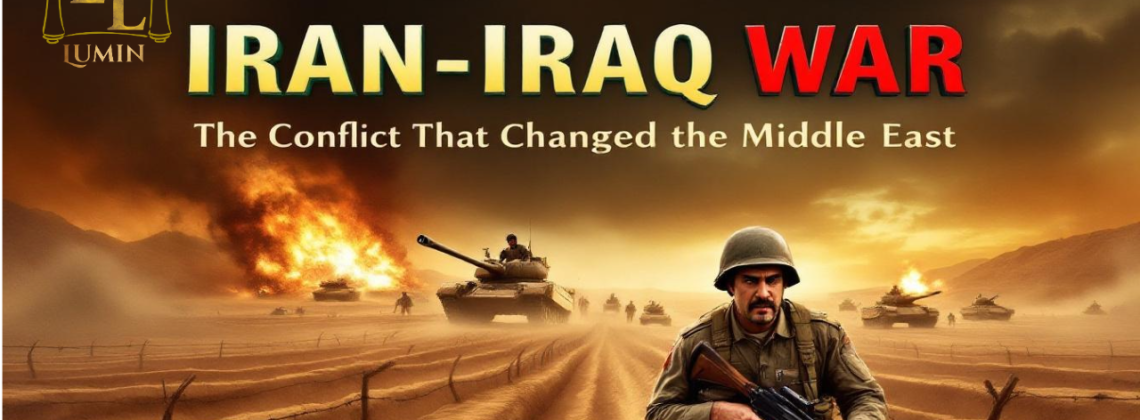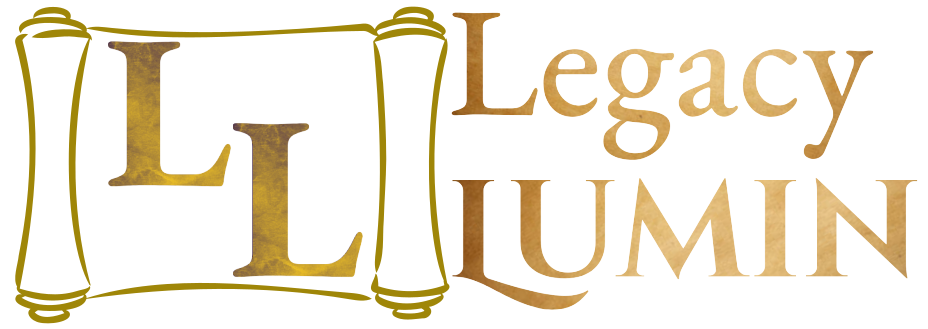
In the blistering heat of the Middle East, a war erupted in 1980 that would span eight grueling years, defining the destinies of two nations and reshaping the region forever. The Iran-Iraq War was no ordinary conflict—it was a brutal saga of ambition, ideology, and survival. From trench warfare to chemical attacks, this war not only redefined modern combat but also left echoes of devastation and unresolved tensions that still reverberate through history. Let’s dive into this complex chapter of the Middle East and uncover the harrowing truths behind the conflict.
The Gamble That Sparked the Flames
It all began with an audacious gamble by Saddam Hussein, Iraq’s authoritarian president. In 1980, Saddam saw an opportunity in the chaos of neighboring Iran, which had just undergone a revolution and was reeling under the theocratic rule of Ayatollah Khomeini. Believing Iran to be fractured and weak, Saddam launched a full-scale invasion on September 22, 1980, aiming for swift victory and control over oil-rich territories.
But this was more than just a territorial dispute. The war was fueled by deep-seated sectarian tensions, centuries-old Persian-Arab rivalries, and the ideological clash between Saddam’s Sunni Arabism and Khomeini’s revolutionary Shia Islam. Saddam fancied himself a defender of Sunni Arab nations, while Khomeini sought to export his Islamic revolution across the Middle East. The stakes were existential, and neither side was willing to back down.
Faith, Martyrdom, and the Horrors of War
Saddam’s invasion was met with a ferocious Iranian resistance. Despite internal turmoil, Iran’s leadership framed the conflict as a sacred defense of Islam. Young men, many just teenagers, were sent to the frontlines wearing plastic “keys to paradise,” signifying their role as martyrs in waiting. Some even charged into minefields unarmed, clearing paths for Iranian tanks in acts of desperate heroism.
As the war dragged on, it devolved into a nightmarish stalemate reminiscent of World War I trench warfare. The horrors escalated with Saddam’s use of chemical weapons, including mustard gas and sarin, on both Iranian troops and civilians. This blatant violation of international norms was largely met with silence from global powers who viewed Iran under Khomeini as a greater threat than Saddam’s brutality.
The World Watches and Chooses Sides
The global chessboard further complicated the conflict. Western nations, including the United States and European allies, publicly maintained neutrality but secretly provided Iraq with intelligence, weapons components, and financial aid. Their goal was clear: to prevent the spread of Khomeini’s revolutionary ideology. Meanwhile, Gulf states like Saudi Arabia and Kuwait funneled billions into Iraq’s war effort, fearing Shia uprisings within their own borders.
Iran, facing international sanctions and isolation, turned necessity into innovation. It developed a self-reliant war industry, producing weapons domestically and adopting guerrilla tactics to counter Iraq’s superior firepower. Despite these efforts, neither side could secure a decisive victory, and the conflict spiraled into a costly quagmire.
A War Without Winners
By the mid-1980s, the war had escalated into new dimensions. The “War of the Cities” saw civilian populations targeted with missile strikes, while the “Tanker War” threatened global shipping routes as both nations attacked oil tankers in the Persian Gulf. In one tragic incident, the U.S. Navy shot down Iran Air Flight 655 in 1988, killing 290 civilians—a bitter scar in Iranian memory.
Both nations were drained, economically and psychologically, by the unrelenting conflict. In 1988, after regaining some lost territory with renewed Western support, Iraq forced Iran into accepting a United Nations-brokered ceasefire. Ayatollah Khomeini, who had once vowed to fight until the last drop of blood, likened accepting the ceasefire to “drinking a chalice of poison.” The war ended with no victor, leaving over a million dead, trillions in economic damage, and countless lives forever scarred.
The Human Cost and Lasting Legacy
The Iran-Iraq War was not merely a battle over borders—it was a crucible of human suffering and ideological struggle. Boys were sent to die clearing minefields, mothers mourned sons who never returned, and both nations used propaganda to tighten their grips on power. Saddam Hussein crushed dissent and painted himself as a hero of the Arab world, while Khomeini’s regime purged opposition and instilled a culture of martyrdom.
The war’s unresolved tensions planted the seeds for future conflicts. Iraq’s staggering debt and political isolation would eventually lead to the Gulf War, while Iran’s resilience against global powers bolstered its pursuit of self-reliance. The echoes of this war continue to shape the geopolitics of the Middle East today.
Conclusion: A Crucible of Destruction
The Iran-Iraq War was a monumental tragedy, a ruthless collision of faith, ambition, and geopolitics that reshaped the Middle East. Its legacy is not found in battle maps or official speeches, but in the silent pain of civilians, the propaganda-fueled resolve of nations, and the global powers’ calculated indifference. It was a war without winners, but its lessons remain as stark warnings of the cost of unchecked ambition and ideological fervor.
What lessons can the world learn from the Iran-Iraq War? Share your thoughts in the comments below, and let’s reflect on how history can guide us toward a more peaceful future.
